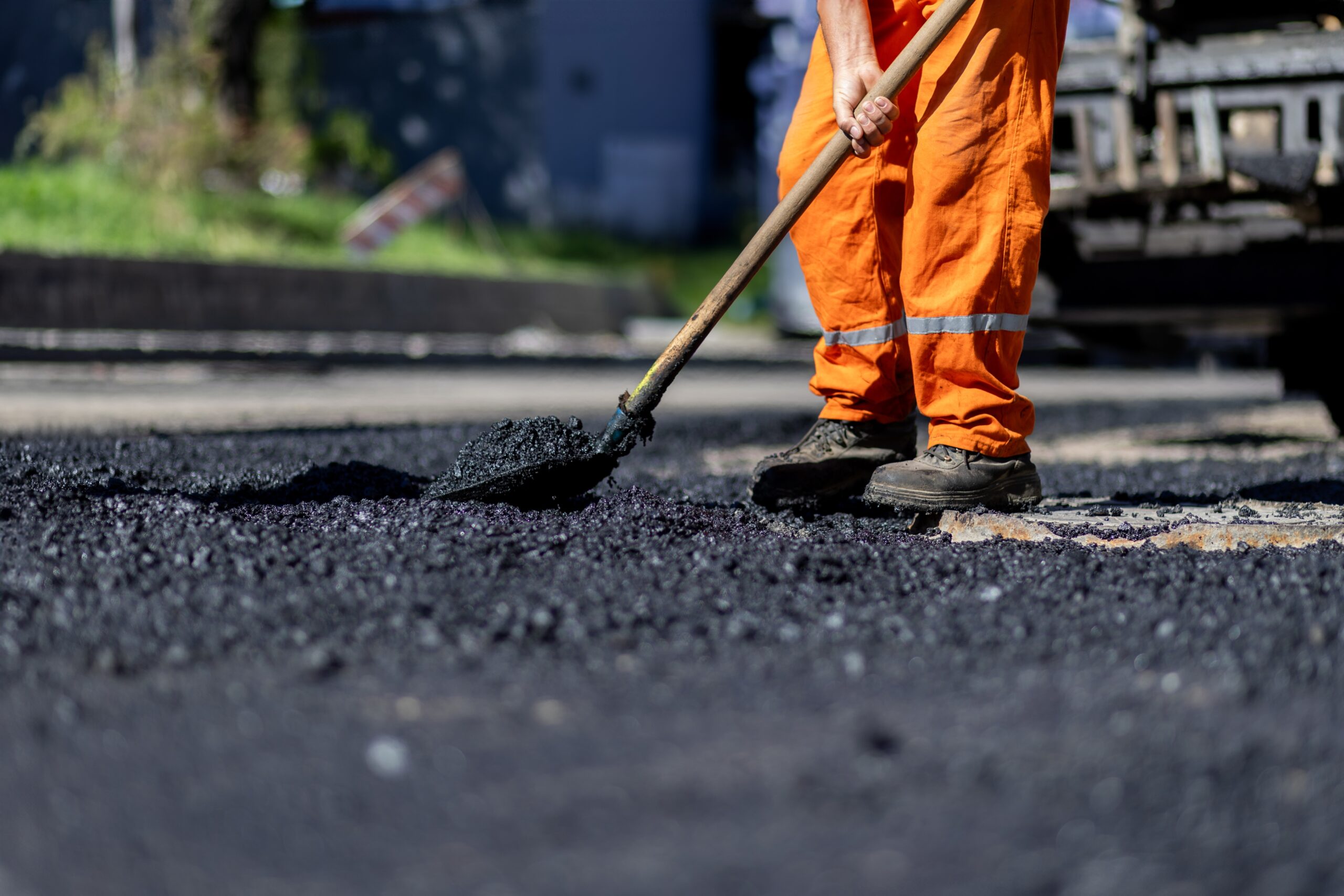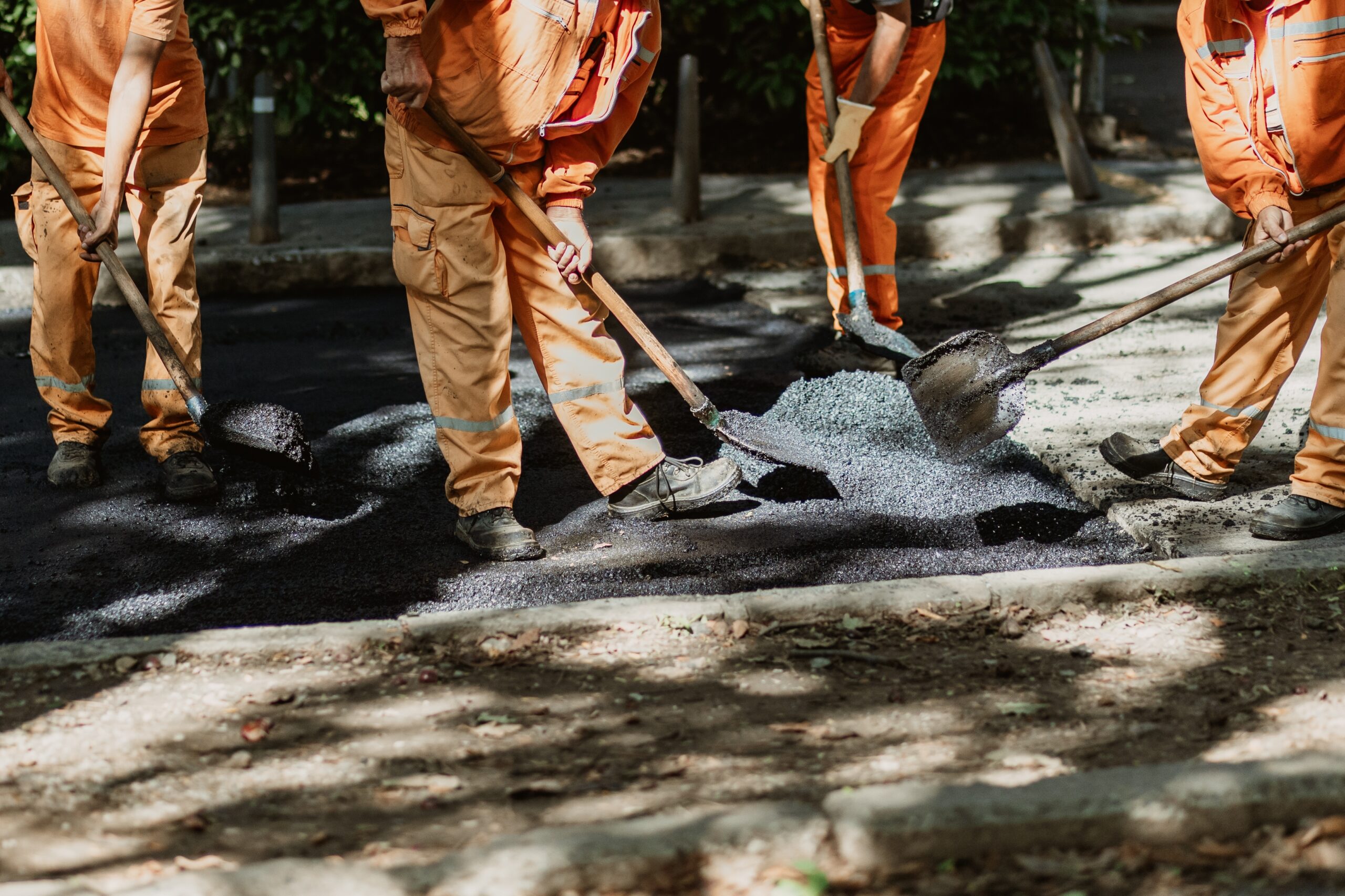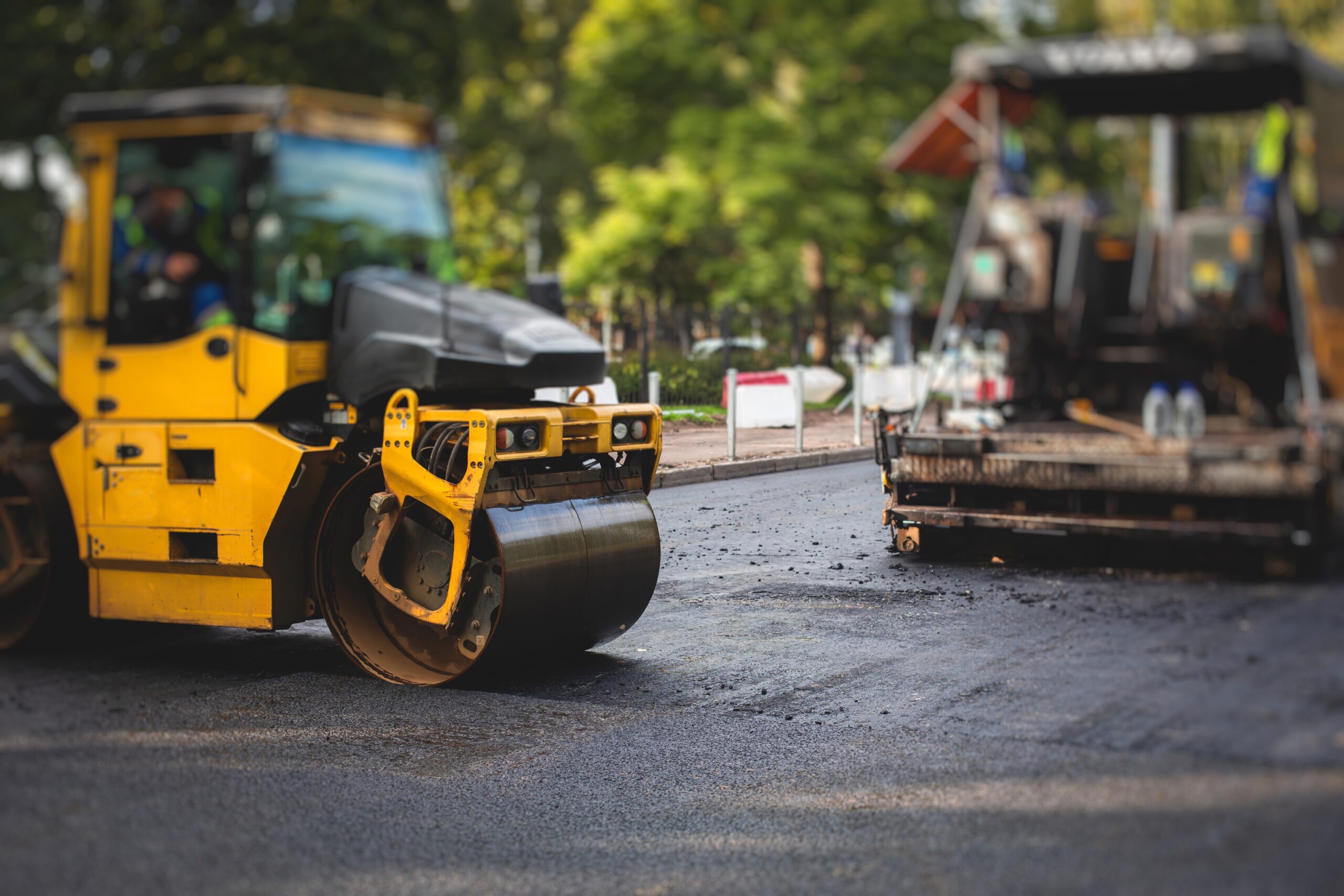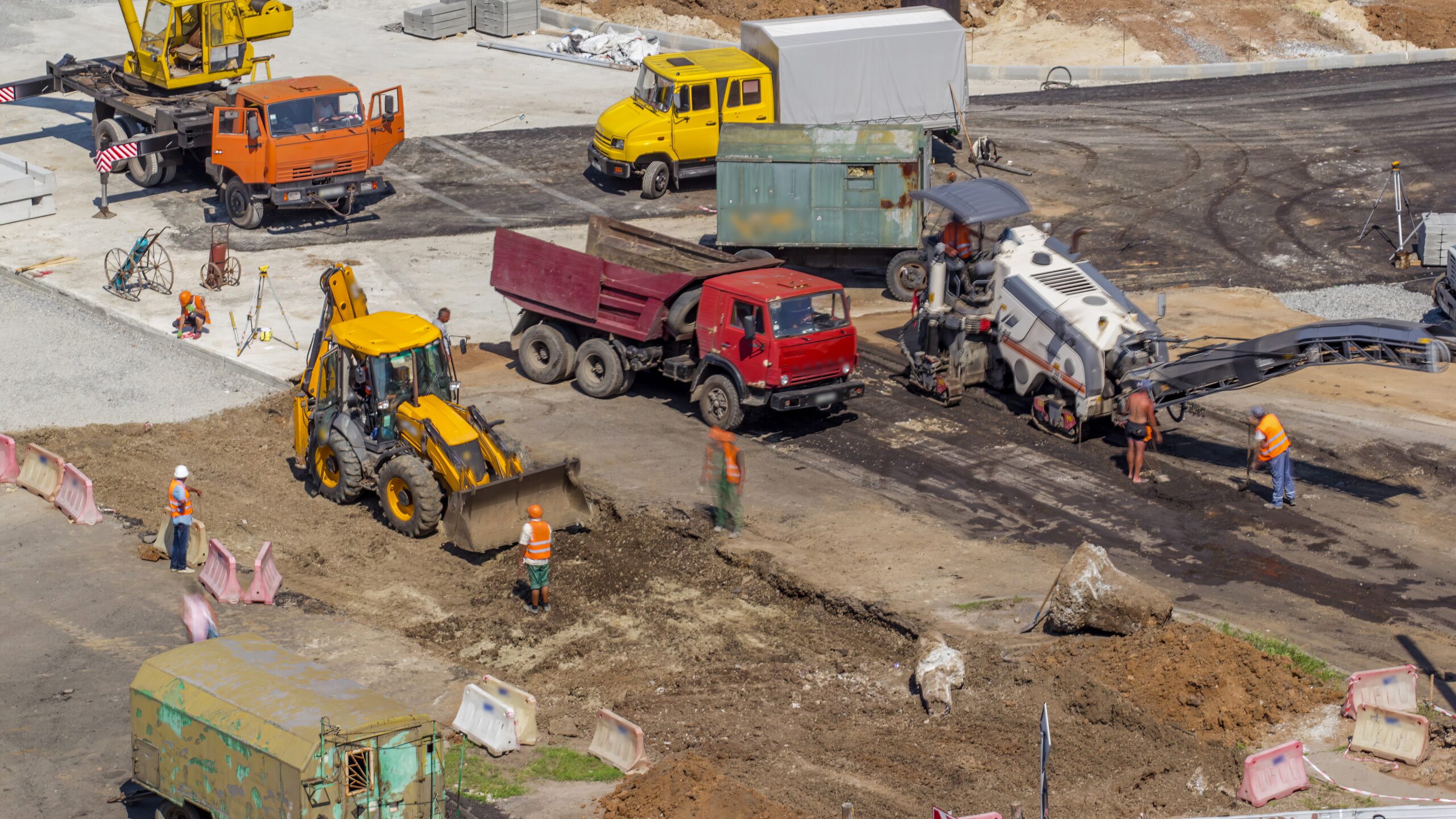
Across the United States, keeping driveways, parking lots, and industrial surfaces in good condition is vital for safety, efficiency, and property value. Asphalt surfaces can deteriorate rapidly when left unattended, potentially leading to costly and disruptive repairs. Opting for professional asphalt repair services ensures that even minor issues receive durable, long-term solutions rather than temporary fixes.
Recent findings from the Federal Highway Administration reveal that approximately 36 percent of asphalt damage is caused by environmental factors, including climate and subgrade conditions, not by traffic alone. This statistic reinforces the importance of addressing weather-related wear, such as freeze-thaw cycles and moisture challenges, before they escalate into structural failures.
This guide explains what to expect during a professional asphalt repair project.
Why Professional Asphalt Repair Matters
Timely asphalt repairs prevent minor issues such as cracks and potholes from escalating into major structural failures. Early intervention saves significant costs and improves safety by eliminating trip hazards and vehicle damage risks. According to the Federal Highway Administration (FHWA), untreated pavement distress can reduce pavement life by up to 50%, leading to costly full-depth repairs or reconstruction.
Across the U.S., varying climates, from humid coastal regions to freeze-thaw zones, accelerate asphalt deterioration, making regular maintenance essential.
A Step-by-Step Guide For The Professional Asphalt Repair Process
For a successful and lasting repair, following a precise, professional process is crucial. Here’s a step-by-step guide outlining how asphalt repair experts approach each phase of the job.
Step 1: Initial Assessment and Consultation
A thorough inspection identifies issues like cracks, potholes, and alligator cracking. Professionals also evaluate the sub-base and drainage conditions, which are critical factors in repair success. A transparent estimate is then provided based on signs your asphalt needs immediate repair and the scope of the damage.
Step 2: Site Preparation
The repair area is cleared of all debris, vegetation, and loose asphalt using specialized tools. To create stable edges for a lasting repair, potholes are squared off with an asphalt saw. If the sub-base has been compromised, it is reinforced with new gravel or sand to ensure a solid foundation.
Step 3: Repair Application
Professionals use a variety of proven materials and techniques depending on the issue:
- Crack Repair: Hot rubberized sealants or cold-pour emulsions are used to fill cracks, effectively preventing water infiltration that leads to more severe issues.
- Pothole Repair: Hot mix asphalt is layered and compacted for permanent, durable fixes, while cold patching can offer quick temporary solutions.
- Advanced Techniques: Methods like infrared patching and asphalt welding create seamless, long-lasting repairs that blend with the existing surface.
Step 4: Compaction and Finishing
Once the repair material is applied, it is compacted with vibrating plates or tampers. This step is crucial for ensuring density and longevity. To protect the new repair and the surrounding surface, a professional sealcoat service is often applied. For commercial parking lots, line striping is reapplied to maintain safety and compliance.
Step 5: Curing and Post-Repair Care
Proper curing is essential for the repair’s durability. Hot mix asphalt typically cures in 24–48 hours for light traffic and may take up to 30 days to reach full strength. Cold patch cures faster, often allowing for immediate use. According to the National Asphalt Pavement Association (NAPA), proper compaction and curing can increase repair longevity by up to 30%.
What Are The Climate and Regional Considerations Across the U.S?
Asphalt repair needs vary significantly across the U.S. due to diverse climates.
- In humid and rainy regions, persistent moisture can erode the sub-base, causing potholes and cracks.
- In colder northern states, freeze-thaw cycles cause pavement to expand and contract, leading to extensive damage. The U.S. Department of Transportation highlights that these cycles are responsible for up to 60% of pavement distress in these areas.
Repairs in any climate must prioritize proper drainage and water resistance. Areas prone to severe weather, such as hurricanes or heavy snow, require swift and resilient repair solutions. A report by the National Institute of Standards and Technology (NIST) in 2022 emphasizes the importance of resilient infrastructure design to reduce repair costs and downtime following natural disasters, supporting long-term community resilience against severe weather events
What Are The Benefits of Choosing a Professional Over DIY

While DIY repairs may appear cost-effective initially, professional asphalt repairs often prove to be more efficient and economical in the long run. Here’s why opting for a contractor makes a significant difference:
- High-Quality Materials: Professionals use premium materials like hot mix asphalt, which ensures durability and long-lasting results.
- Advanced Repair Techniques: Techniques such as infrared patching enable seamless repairs that integrate well with the existing surface, offering superior durability.
- Specialized Equipment: Contractors have access to equipment like asphalt saws and hot boxes, ensuring precise and accurate repairs.
- Long-Term Cost Efficiency: A study by the University of Minnesota found that professional repairs reduce the need for repeat fixes, demonstrating that professionally managed maintenance is more effective.
What to Expect from a Professional Asphalt Repair Service
Professional asphalt repair services typically offer:
- Comprehensive Solutions: Crack sealing service, pothole patching, sealcoating, and striping for residential, commercial, and industrial projects.
- Transparent Estimates and Timelines: Clear project estimates and realistic timelines.
- Post-Repair Care Instructions: Guidance for maintaining the newly repaired surface.
- Commercial-Grade Materials and Equipment: Use of high-quality materials and advanced tools to ensure long-lasting results.”
What Are The Tips for Maintaining Your Repaired Asphalt
Tips for Maintaining Your Repaired Asphalt:
- Apply Sealcoating: Protect your pavement from UV damage and water infiltration by applying a sealcoat every 2–3 years. The Federal Highway Administration (FHWA) recognizes sealcoating as an effective method for preserving pavement life, with studies showing it can extend the lifespan by up to 15 years.
- Conduct Regular Inspections: Routinely check for new cracks or potholes, especially after heavy rain or freeze-thaw cycles. Research by the University of Wisconsin demonstrates that regular inspections and maintenance can reduce pavement deterioration rates by up to 25%.
- Keep it Clean: Remove oil spills, dirt, and vegetation promptly to prevent surface degradation.
- Make Prompt Repairs: Addressing minor issues immediately can prevent expensive repairs or full replacements later on.
Get Expert Asphalt Repair Services Tailored to Your Needs

Professional asphalt repair involves a detailed process: assessment, site preparation, repair application, compaction, finishing, and curing. This approach is essential for maintaining durable, safe surfaces across the diverse climates of the United States. Proactive asphalt maintenance extends pavement life, enhances safety, and protects your investment through reliable commercial parking lot maintenance services
For expert asphalt repair services tailored to your local environment, Contact Asphalt Coatings Company at 337-824-ROCK for a free estimate or consultation. Visit their Jennings, LA office or website to learn more.



